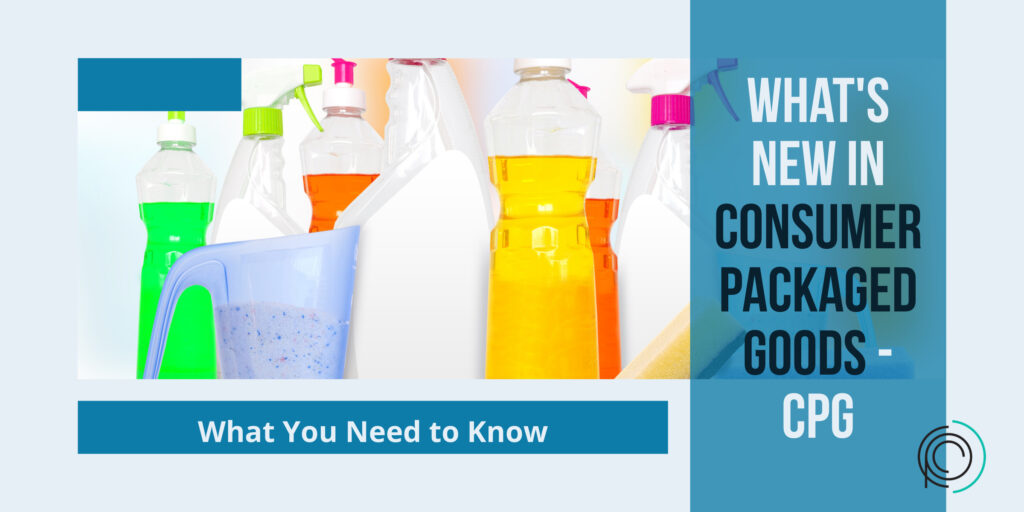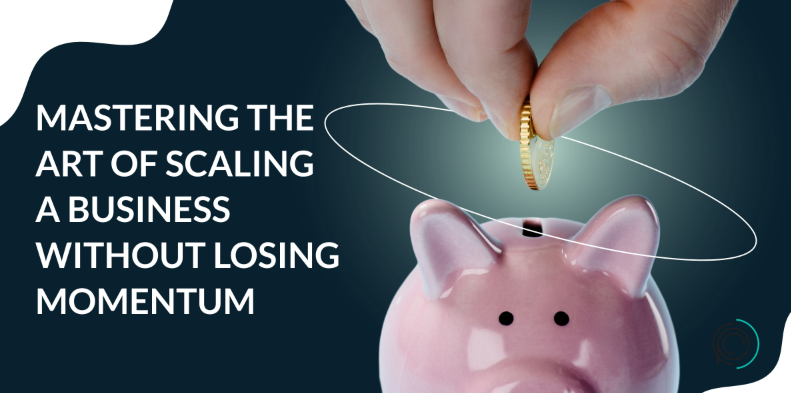The CPG Evolution: What’s Next in Consumer Packaged Goods?
Consumer Packaged Goods (CPG) have always been an essential commodity in our daily lives, and with the advent of technology, there has been tremendous growth in the CPG industry. The CPG industry has been continuously evolving with time, and there are many exciting trends to look forward to in 2024 and beyond. Understanding these trends can help you stay ahead of the competition and stay informed about the latest developments. So, in this blog post, we will discuss everything you need to know about what’s new in (CPG) to make the most informed decisions.
Let’s quickly define what constitutes a Consumer Packaged Good? Consumer package Goods also known as CPG are products that you purchase often and replace like cleaning products, toiletries, food, and cosmetics. They are items that are replaced often and quite literally comes in a package, hence the name.
The Rise of E-commerce
The COVID-19 pandemic has triggered a substantial surge in online shopping worldwide, and this trend has undoubtedly impacted the consumer-packaged goods (CPG) industry. With the convenience of purchasing from home, consumers have readily embraced the option of buying their preferred CPG products online. As a result, CPG brands are compelled to adapt and develop digital strategies to stay competitive in the market.
One of the primary areas of focus for CPG companies is building their e-commerce capabilities. They are investing in creating user-friendly online platforms that allow consumers to easily browse and purchase products. By enhancing their online presence, CPG brands can meet the growing demand for online shopping and provide a more convenient shopping experience for their customers.
Ensuring the availability of products online is also crucial for CPG companies. They are working towards optimizing their supply chain processes to maintain adequate stock levels in their online stores. This strategy enables customers to access their desired products without any inconvenience or delays, further enhancing the overall online shopping experience.
Incorporating social media into marketing strategies is another key aspect of the digital shift for CPG brands. They understand the power of social media platforms in reaching and engaging with their target audience. Through social media, CPG companies can promote their products, run targeted advertisements, and interact with consumers directly. This approach helps build brand loyalty and increases customer engagement, ultimately driving sales.
Furthermore, optimizing websites for user experience has become a priority for CPG brands. By designing websites that are easy to navigate and visually appealing, companies can provide a seamless online shopping experience for their customers. A user-friendly interface, intuitive search functions, and quick loading times are all factors that contribute to enhancing user experience on these websites.
The global pandemic has expedited the shift towards e-commerce, affecting the CPG industry significantly. CPG brands are adopting various digital strategies such as building e-commerce capabilities, ensuring product availability online, using social media for marketing, and optimizing websites for user experience. By embracing these changes, CPG companies can remain competitive and meet the evolving demands of consumers in the digital era.
Health and Wellness
The outbreak of the pandemic has brought about a significant shift in consumer behavior, specifically in relation to health and wellness. Now more than ever, people are prioritizing their well-being and are actively seeking out ways to improve and maintain good health. As a result, there has been a noticeable increase in the demand for healthy and nutritious food products. However, consumers are not just looking for products that are beneficial to their health; they also want these products to be affordable and delicious.
In response to this growing demand, consumer packaged goods (CPG) brands are adapting their strategies and focusing on developing products that meet these criteria. They are making conscious efforts to create food items that are not only packed with nutrients but also free from harmful ingredients, such as artificial flavors and high-fructose corn syrup. With this shift towards healthier options, brands that can effectively demonstrate their commitment to health and wellness are likely to attract more customers in 2021.
Consumers today are more conscious about what they put into their bodies, and they carefully scrutinize product labels to ensure that they are making informed choices. They are also increasingly aware of the potential negative impacts certain chemicals and additives can have on their health. CPG brands are cognizant of this changing mindset and are taking steps to incorporate transparency and integrity into their operations. By doing so, they are building trust with consumers and positioning themselves as reliable sources for healthy and nutritious products.
Overall, the health and wellness trend is not just a passing phase but a fundamental shift in consumer preferences that is likely to endure beyond the pandemic. As consumers continue to prioritize their well-being, CPG brands that can successfully cater to their needs by offering affordable, delicious, and genuinely nutritious products will undoubtedly thrive in 2021 and beyond.
Sustainability
Sustainability remains a major trend within the consumer packaged goods (CPG) industry in 2021. Consumers are becoming more vocal about their desire for companies to minimize their environmental footprint and adopt sustainable practices, particularly when it comes to packaging and overall business operations. Many brands have already responded to this demand by implementing environmentally friendly packaging materials like biodegradable plastics, paper-based alternatives, and recyclable packaging.
Furthermore, numerous companies are actively working on reducing waste by either opting for smaller packaging sizes or transitioning to compostable materials. These initiatives are not only aimed at appeasing environmentally conscious consumers but also serve to enhance brand loyalty and expand market share. It is expected that companies making strides towards sustainability will experience a positive reception from customers, resulting in stronger customer loyalty and a larger market presence.
Personalization
Personalization has become increasingly important in the consumer market. People want to feel a connection with the brands they love, and they appreciate when companies can tailor their offerings to their individual needs and preferences.
To meet this demand, consumer packaged goods (CPG) brands are turning to artificial intelligence (AI) and data analytics. These technologies allow brands to collect and analyze vast amounts of data on their customers, enabling them to gain insights into their preferences and behavior. With this information, brands can then create personalized recommendations and offers for each customer.
By delivering personalized experiences, brands can significantly improve customer engagement. When customers feel that a brand understands their specific needs and preferences, they are more likely to engage with the brand and form a deeper connection. This can lead to increased sales, as well as higher levels of customer satisfaction and loyalty.
In addition to improving engagement, personalization also enhances customer satisfaction. Customers appreciate when brands make an effort to understand and cater to their individual preferences. By providing customized recommendations, offers, and experiences, brands can show their customers that they are valued and understood.
Moreover, personalization can play a crucial role in customer retention. When customers feel that a brand understands them and consistently delivers personalized experiences, they are more likely to remain loyal and continue purchasing from that brand. Personalization helps build long-term relationships with customers, fostering loyalty and reducing churn.
Given these benefits, brands that can offer personalized experiences are expected to stand out in 2021. The use of AI and data analytics provides CPG brands with the tools they need to deliver relevant and engaging content to their customers. By leveraging these technologies, they can create personalized recommendations and offers that resonate with their target audience, ultimately driving satisfaction, loyalty, and growth.
Transparency
The concept of transparency has become increasingly important to consumers, as they are curious to uncover the backstory behind the products they buy. In recognition of this growing trend, numerous consumer packaged goods (CPG) companies are taking steps to provide customers with more detailed information about their supply chains, production methods, and ingredients. By doing so, these companies aim to cultivate trust among their customer base, while also empowering customers to make more well-informed choices regarding their purchases.
As you can see, there are many exciting trends to look forward to in the CPG industry in 2021. These trends are driven by changing consumer preferences and technological advancements. To remain competitive, CPG brands need to keep up with these trends and incorporate them into their business strategies. Brands that can successfully adapt to these trends can expect to see an increase in customer loyalty and market share. So, keep an eye out for these trends and stay ahead of the competition! To get started, connect with one of our experts.







